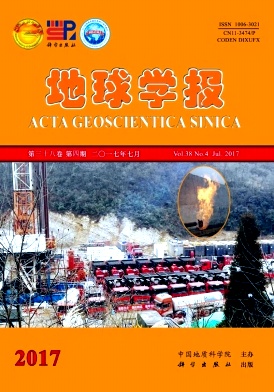XIANG Jing-wei, LI Jiang-feng, WANG Lei, ZHOU Xue-wu, HU Xue-jun, YE Mao-song. Geological Heritage Resources Characteristics and Geographic Significance of the Qingjiang Geopark in Changyang, Hubei Province[J]. Acta Geoscientica Sinica, 2017, (4): 561-568. doi: 10.3975/cagsb.2017.04.13
| Citation: |
XIANG Jing-wei, LI Jiang-feng, WANG Lei, ZHOU Xue-wu, HU Xue-jun, YE Mao-song. Geological Heritage Resources Characteristics and Geographic Significance of the Qingjiang Geopark in Changyang, Hubei Province[J]. Acta Geoscientica Sinica, 2017, (4): 561-568. doi: 10.3975/cagsb.2017.04.13
|
Geological Heritage Resources Characteristics and Geographic Significance of the Qingjiang Geopark in Changyang, Hubei Province
-
Abstract
The Qingjiang Geopark in Changyang of Hubei Province is a large-scale geopark of tectonic and karst geomorphology, known for its rich karst landforms, typical ancient glacial sequence profiles, and rare ancient human remains. The park consists of stratigraphic section, geological structure, geological topography, and fossil remains that are assigned to 4 categories, 7 classes, constituting a total of more than 100 geological sites, which provide important resources for studying the geological structure traces, ancient geography and climate and formation mechanism of karst topography in Southwest China, and make up for the ancient glacier sequence and defects of the ancient human archeology, thus having great significance for the global geological relics comparative analysis. In this study, the authors analyzed the characteristics of geological relics in this geopark and discussed the significance of geology in the aspects of tectonics, stratigraphy, geomorphology and palaeoanthropology. The results obtained by the authors provide a scientific reference for understanding and protecting the geological relics.
-

-
-
Access History







 DownLoad:
DownLoad: